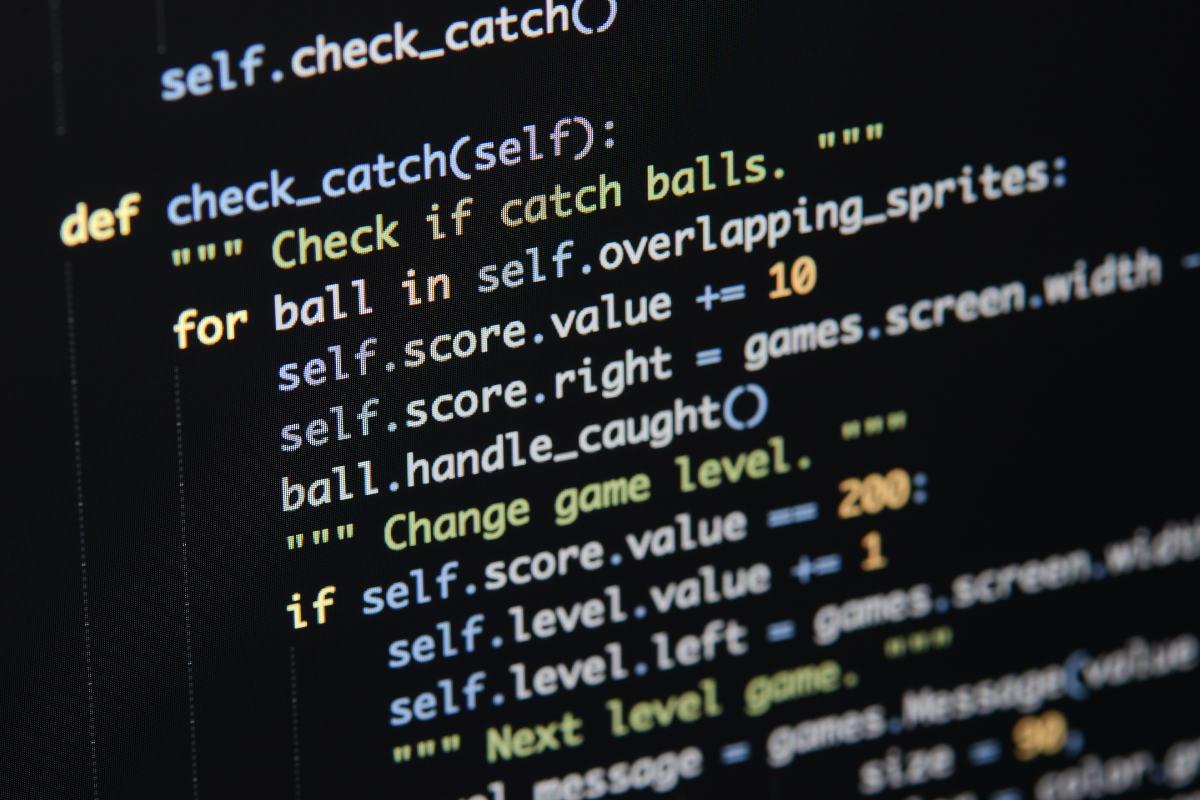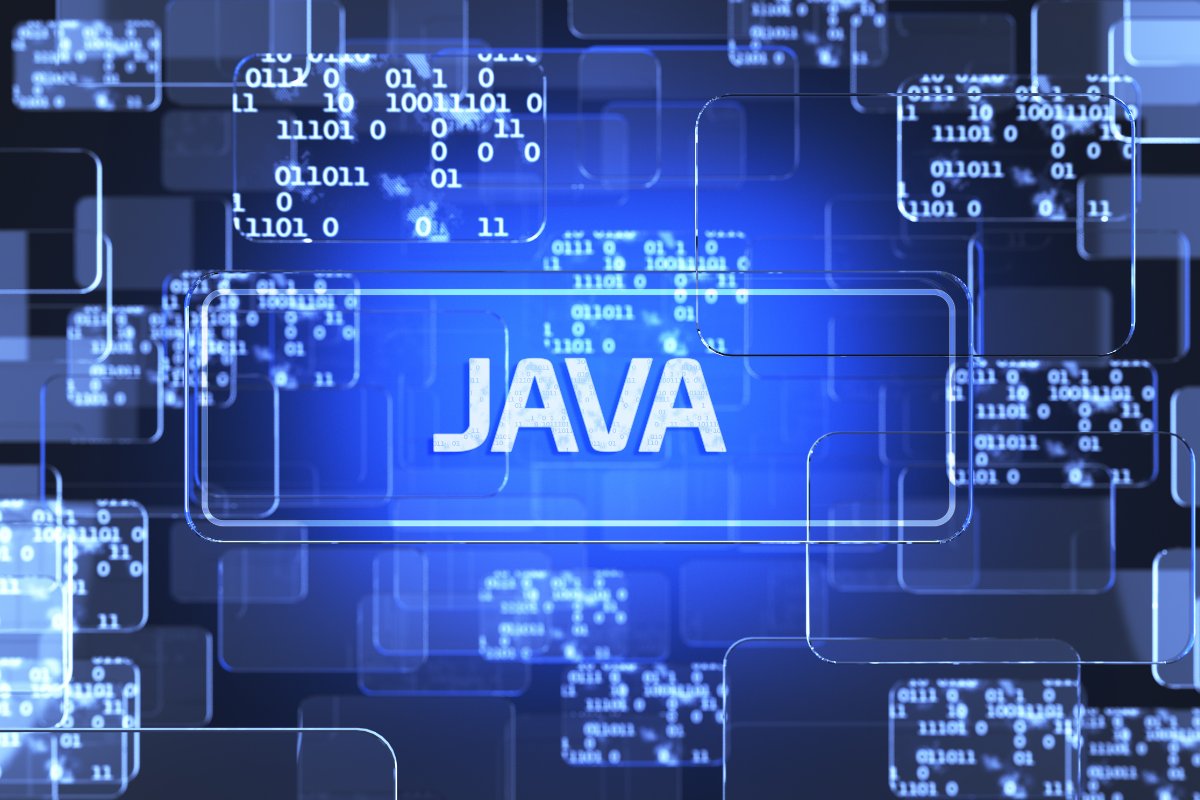Python and Java are two amazing programming languages, and they can be very helpful for a plethora of projects. But as you imagine, not everything is going to work in any circumstances.
You always want to ensure processes are streamlined and everything is adjusted to your own requirements. So should you choose Java or should you go for Python instead?
Performance
If we go strictly by performance, Java is the faster one. Since Python is interpreted, it requires more time and work in order to ensure everything is read properly.
Java along with the JIT compiler makes this process quicker and thus a lot more convenient. You can also tackle errors faster, so Java is definitely the winner when it comes to top performance.
Static vs Dynamic
Java is static, while Python is dynamic. A static language means that the type checking is done at the compilation. A dynamic language will only do type checking at runtime.

Dynamic languages are less verbose, and debugging can be easier. However, a lot of people choose a static language because it’s a lot more suitable for their particular project.
Learning Difficulty
We have to keep in mind that learning Python is a lot easier when compared to Java. The latter one requires more work, and it’s a middle-level process that will have quite a lot of complexity.
They both have great tutorials and tools, but in the end you will find everything to work seamlessly.
Code Readability
Readability is crucial and that’s why you always want to ensure that everything is easy to read. Python has always been focused on things like readability, and that’s something that you need to understand and focus on.
However, Java is working towards the same goals, even if it still has a few ways to go.
Speed Of Coding
Python is very fast because it has practicality, along with simplicity and ease of use. Java can take longer and it will also end up requiring a larger development team. Both are great, but when it comes to speed, you should get stuff done quicker in Python.
Memory Usage
The difference here is that Java is a compiled language that gets translated into machine code before you execute it. However, Python is interpreted, which means it’s executed at runtime.
That means Java programs tend to run faster because they are compiled already and there’s less work to do. The downside for Java however is that having things executed at runtime makes Python easier to modify and debut.
Thankfully, memory usage is efficient in both cases, however Java gives a better advantage since it’s much easier to execute.
Available Frameworks And Libraries
Both platforms are very widely known for their large ecosystems. That being said, Python comes with great libraries and frameworks like Django, Pandas or NumPy.
And then we have Java which comes with a large number of options for financial, scientific apps, but also web development and data analysis. That makes them a great option regardless of what platform you might want to choose.

Coding Style And Syntax
These are important considerations, but each one of them has different approaches. Java has a verbose syntax and it focuses on specific rules and object-oriented principles.
It makes coding in Java easier, especially if you are accustomed to OOP. Python, however, does an excellent job at allowing you to create a concise syntax.
It also focuses on readability and simplicity, unlike Java which can be very complex. The upside for Python here is that your code is also quicker to write, but also learning becomes much easier too!
Stability
Stability is also something of concern, and it always comes down to different factors. Java offers great stability and that’s why many institutions use it in the first place. Python also has its fair share of benefits regarding stability, however Java is known for being better here.
Conclusion
Choosing between Python and Java solutions can be tough, but it always comes down to the particularities of the project that you are working on. Picking the right option will help streamline your experience, while also offering a much better result.
We highly recommend giving Python and Java a try for yourself, and you will be amazed with the quality and value that you can receive.
Once you find the right solution, you can switch to that. But it always helps if you’re testing and narrowing down the best options to fit your needs.